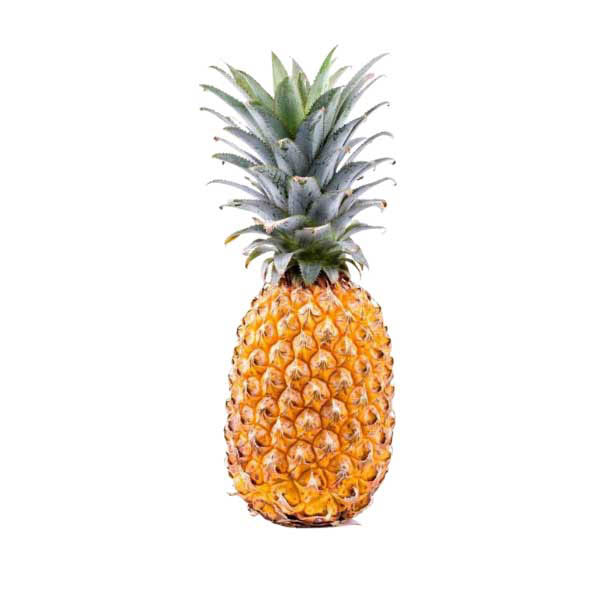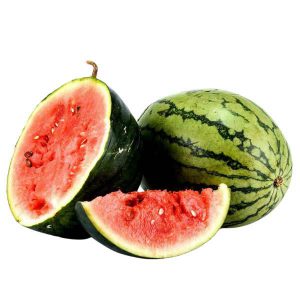Description
Murusi, Kew
Wet zone
South America
Sweet taste with a slight floral flavor, much less acidic than citrus.
Used in Ayurveda medicine as a treatment for anorexia, jaundice, worm infestation, constipation, peptic ulcers and renal calculi. A study published in Alternative Therapies in Health and Medicine states that bromelain, an enzyme in pineapple, has a therapeutic effect for patients with allergies and asthma due to its ability to inhibit airway inflammation.
The pineapple, in the form of carved wood, stone sculptures etc., were used to symbolize hospitality. Most Europeans call it ‘ananas’ derived from the Paraguayan nana meaning “excellent (or exquisite) fruit”. The pineapple is native to Central and South America, where symbolic representations of its form were found in pre-Incan ruins. Hawaii, now the leading producer, didn’t see its first pineapple until the late 1700s.Like kiwi, its high acidity can rear its ugly head by causing “pineapple burn,” a sensation of burning tongue and red, chapped lips if one has eaten too much pineapple
Pineapples are a delightful addition to main courses, dips, desserts and appetizers Make fresh pineapple juice, smoothies and milkshakes by blending with coconut, soy, or almond milk. Supplementary ingredients include frozen bananas, orange juice, mango, rum, and/or passion fruit. Add chunks of pineapple to stir fries and coconut-based curries Stir pineapple flesh into dessert-based semolina puddings.


